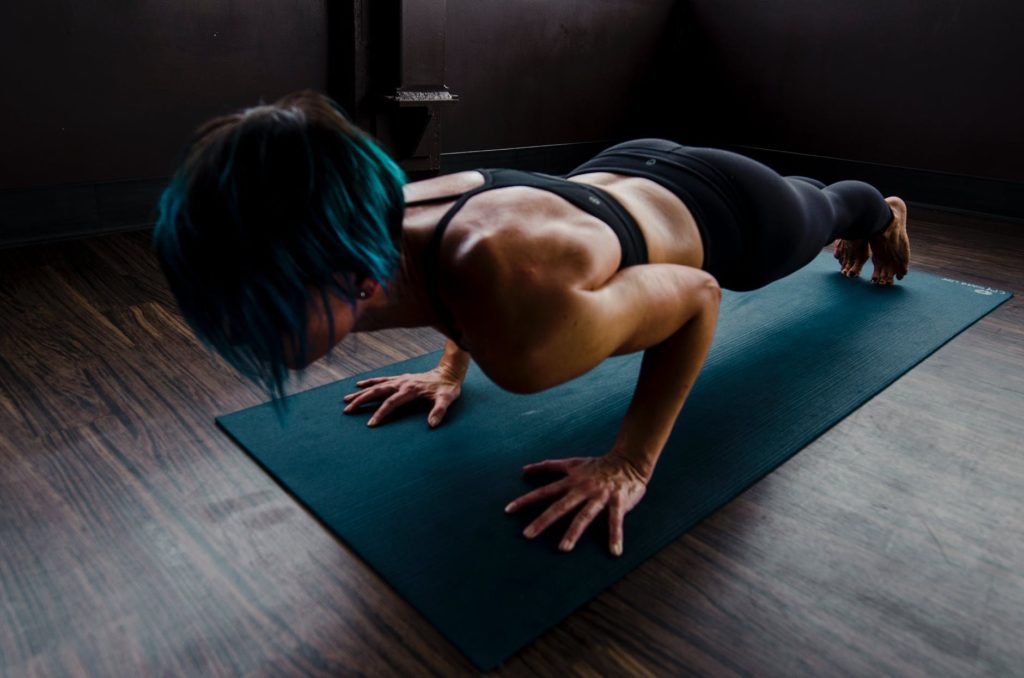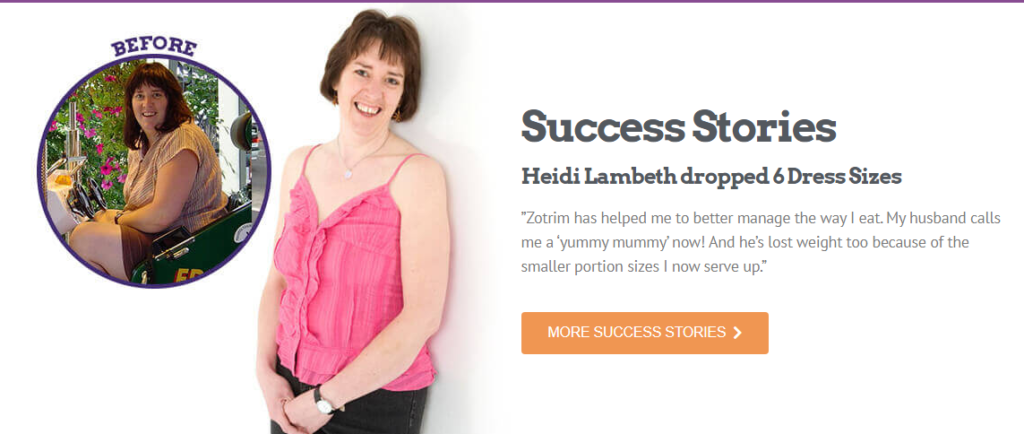
Table of Contents
Introduction
The start of your 40s is a critical time in life. Ken Fox, Professor of exercise and health sciences at the University of Bristol, stated that it’s in the mid-40s that muscle mass began to decline, and fatty deposits began to build up.
This can lead to high blood pressure, obesity, diabetes, heart problems, strokes, and some forms of cancer.
If you are a 40-year-old woman who wants to get back in shape, it is essential to do specific workouts on your changing body and to slow down your metabolism. As you get older, it’s normal to experience muscle loss, stubborn belly fat, and reduced energy levels (hurray, age!).
But there are specific exercises and exercise routines you can do to combat these issues, including Pilates, core exercises, resistance training, and short, intense cardio sessions. And of course, lifestyle and diet play a key role in your overall well-being at this point in life, more than ever.
Believe it or not, the body begins to decline after about 30 years, and this decline becomes more aggressive each year. The good news: exercises will not only help you feel (and look!) better, it can also help you avoid some common health problems.
Here are some suggested exercises that you can do every week after 40 to stay healthy, happy, and beautiful as you feel.
To Fight Arthritis
Exercise: Strength training, 2 – 3 times a week
The chances of developing arthritis increases with age. However, chronic joint stiffness and pain can affect adults of all ages, especially those who are overweight and those who have previously suffered a joint injury, according to the Arthritis Foundation.
That being said, it’s never too early to start working on your body!
Strength training is one of the best ways to prevent aches and pains. Strength training has been shown to reduce pain associated with arthritis and prevent its onset.
And you don’t have to spend long hours in the weight room to benefit from it. Feel free to focus on the main lifts like squats, deadlifts, and bench pressing to strengthen multiple joints and muscles.
Exercise: Dumbbells
It’s okay if you don’t have a gym membership or access to expensive equipment. Performing deadlifts or overhead presses with dumbbells in each hand, 2-3 times per week, can do wonders for your body.

To Fight Back Pain
Exercise: Holding a Plank for 90 Seconds, 3 times per week
Most people suffer from back pain between the ages of 30 and 40, and back pain becomes more common with age, according to the National Institute of Arthritis, Musculoskeletal and Skin Diseases, a division of the National Institutes of Health.
Strengthening your core can help prevent back pain. The plank is a great movement to try because it tones all the core muscles in the body. It doesn’t just work on your abs, but it also stimulates the muscles in your chest and those around your spine.
As these muscles get stronger, the entire midsection narrows, ultimately supporting the lower back and keeping it pain free.
To Prevent Heart Disease
Exercise: Cardiovascular workouts, 3 to 4 times a week.
Cardiovascular workouts are great for keeping a health heart. Running, spinning, dancing, rowing, and swimming, are all examples of great cardiovascular activities.
However, if you really want your heart health to benefit from your cardio workouts, you need to train at 80% of your maximum heart rate for at least 30 minutes, 3-4 times per week.
On a scale of 1 to 10, with 10 as hard as you can push yourself, feel free to challenge yourself to strive for an 8; however, keep in mind your own situation and any potential health conditions you may have.
Exercise: Elliptical Machine
Low-impact cardio is a great way for women above 40 to maintain a healthy heart. The elliptical machine provides a great method to get a good sweat going without putting as much stress on your joints.

To Fight Depression
Exercise: Yoga, once a week
Women aged 45 to 64 are at increased risk for depression, according to John Hopkins Medicine, one of the major healthcare systems in the United States.
While any form of exercise can help prevent anxiety and depression, a growing body of research shows that yoga can be particularly beneficial in reducing stress and regulating mood.
One study found that yoga increases levels of GABA, a mood-regulating neurotransmitter that is typically deficient in people with depression and anxiety. Another study found that women with mental distress were less stressed after participating in a three-month yoga class.
We know yoga is very effective at reducing stress, and we know there is a correlation between stress and mood disorders.
Best of all, there are certain styles of yoga that also provide great strength training and even offer cardiovascular conditioning, making it a win-win.
To Ward Off Osteoporosis
Exercise: High-Impact Activities, 1 to 2 times a week.
According to the National Osteoporosis Foundation, about 1 in 2 women over the age of 50 will break a bone due to osteoporosis, a condition in which the bones become brittle, increasing the risk of fractures.
While you may already know that calcium can keep your skeletal system strong, recent research reveals that high-impact weight-bearing exercises can also help strengthen bones.
There is still a common misconception that high impact activities do more harm than good, but that just isn’t always the case, especially when it comes to bone health.
Dancing, jumping, playing racket sports, and even adding a light jog to your walking exercise routine are great examples of exercises that can keep your bones strong.

To Increase Your Metabolism
Exercise: Burpees
High-intensity cardio stimulates our metabolism, which is more than necessary to motivate ourselves after a certain age.
So, to avoid slowing down your metabolism, we need to do this exercise once or twice a week. The exact number of set and reps will be dependent on your own fitness level. Feel free to challenge yourself, but don’t over stress yourself.
Exercise: Walking
Walking is the easiest and best exercise you can do. Although it burns calories, tones our body and improves our mood, it does not wear down our fragile joints, which is very important after a certain age!
Conclusion
As women age, they lose their aerobic capacity and burn fewer calories, so it’s important to improve things if you want to lose a few pounds.
When it comes to exercise, try adding intervals with higher intensity, making weight training a part of your exercise program (if you haven’t already), and generally doing more exercise than in your 30s.
When it comes to diet, it’s also important to eat less sugar, processed foods, and refined grains if you want to lose weight after 40.

References:
https://www.oprah.com/health/exercise-for-your-20s-30s-40s-50s-and-60s_1
http://www.womenshealth.northwestern.edu/blog/menopause-and-weight-gain
https://www.ncbi.nlm.nih.gov/pubmed/16319785?dopt=Citation
